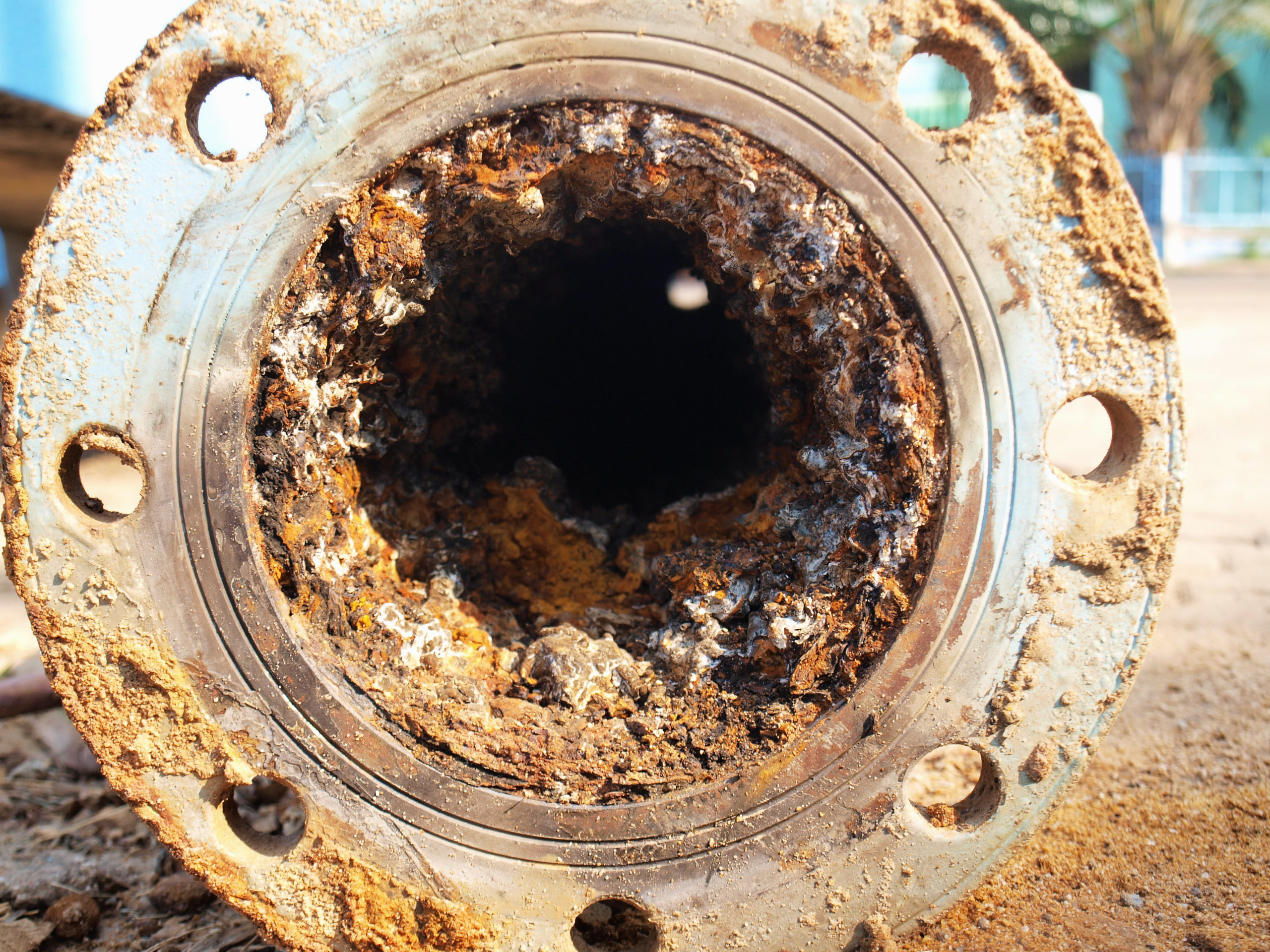The Importance of Industrial Oil Flushing
Last updated on April 25th, 2025 at 03:57 am
Keeping industrial equipment and machinery in good working condition is a must, especially if corporations, manufacturers, and businesses want to keep production at a steady pace. Oil flushing is a big part of keeping industrial equipment in tip-top shape, ensuring that the machinery and the pipes of hydraulic and lubrication systems are kept clean and free of contaminants.
There are many questions attached to this process: what oil flushing is, how the process works, and how it can benefit industrial equipment. We’ll answer those questions for you.
Oil flushing
To understand the benefits of the oil flushing process, and similarly the risks involved in not properly cleaning industrial equipment, one must understand exactly what it is.
In refineries located in places such as Houston, Texas or Calgary, Alberta, when hydraulic and lubrication systems are used, a variety of contaminants, such as sand, oil films, dirt, and other debris, can become lodged within the equipment and pipes.
Oil flushing takes place when liquid is heated to a very high temperature using immersion heaters such as flanged heaters, then forced through the system at a high velocity to force free any stubborn particles. This helps keep everything clean, breaking free the sediment that collects and attaches itself to the pipes, flushing them from the equipment.
Industrial circulation heaters
Because the oil flushing process requires high heat, industries must use industrial circulation heaters. These are also known as immersion heaters, and there is a variety to choose from. Over-the-side heaters are immersion heaters that are lowered into the equipment from the side and immersed in the liquid in order to heat it up. These are easiest to move from machine to machine, as they do not require any welding to hold them in place.
Screw plug and flanged heaters are immersion heaters that do require welding to be held into place, making them far more stationary. Circulation heaters are highly energy efficient, as they heat the liquid on contact and raise the temperature directly, rather than using a dispersing agent.
Also read: Different Types of Oil Flushing in the Process Industry
The risks of dirty equipment
In process heating, when industrial equipment is not kept clean, a variety of problems are far more likely to arise. As sediment and contaminants build up in pipes and machinery, they can become blocked or damaged. Without proper cleaning, wear and tear can go from a little nagging problem to a big, expensive issue.
If hydraulic or lubrication systems have to be shut down due to too much debris in the gear and equipment, it can cost valuable time and money, as manufacturing and production will be impacted while the machinery is repaired and cleaned.
For all industries and corporations, keeping equipment clean and in good working condition is a top priority. Without the systems running properly, production and manufacturing can go down, resulting in wasted time, effort, and money.
Industrial circulation heaters can help to achieve this, and prevent equipment from taking unnecessary wear and tear over the years, ensuring long life and low replacement costs. Mill industries, such as paper mills and steel mills, as well as any industry that uses hydraulic and lubrication systems, can benefit greatly from the oil flushing process.
Ilan Toledano is the Vice President of Marketing and Sales, North America, at Wattco, Quebec, Canada, a maker of electric heating elements and controls. To learn more from Wattco, call (800) 492-8826 or visit www.wattco.com.


